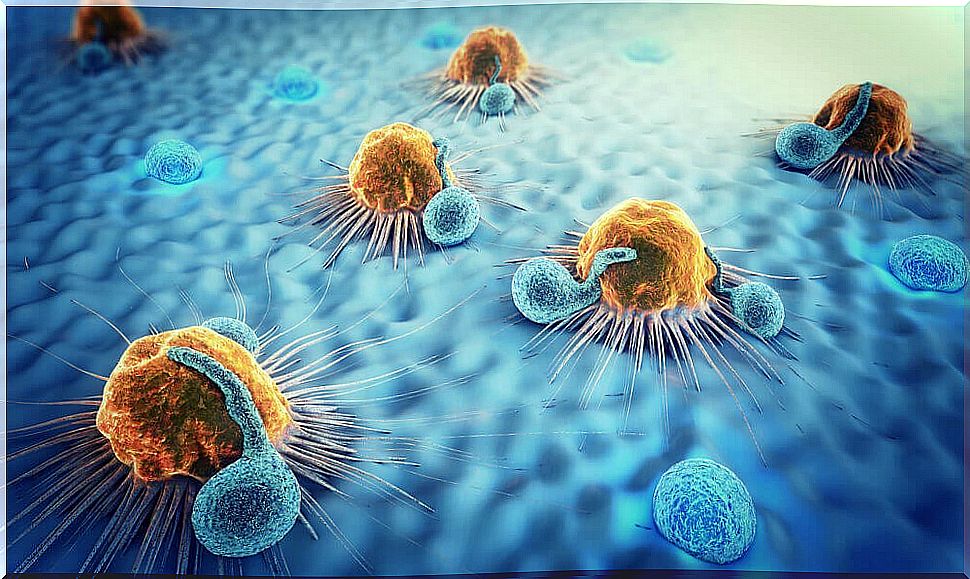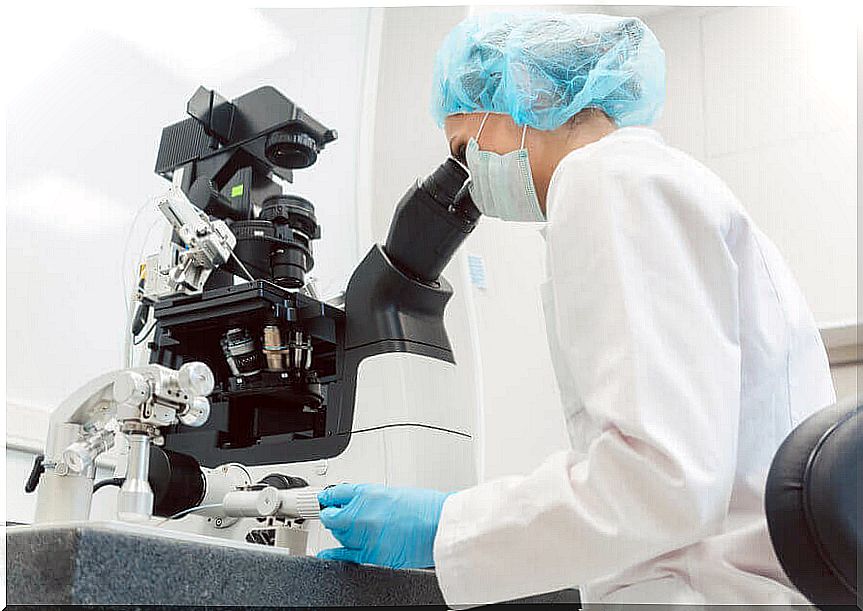Joan Massagué Discovers The Origin Of The Metastasis
Joan Massagué may be remembered as the man who discovers the origin of cancer metastases. A phenomenal scientific advance that explains the way in which atypical cancer cells settle in other organs.
This Spanish scientist leads a research group at the prestigious Sloan Kettering Institute in New York City. They have been researching cancer issues there for a long time. This new discovery is part of a long journey.
Basically, when explaining that tumor cells replicate the way the body has to heal wounds in order to generate metastasis, the paradigm has been changed. As we will explain in this article, medicine had another concept on this subject.
The advance is very important because 9 out of 10 cancer patients die from metastases. The publication of the research in the journal Nature Cancer is confirmation that there is hope to reduce this mortality.
As we will see below, the central axis of the discovery is the ability of tumors to manufacture the L1CAM molecule . It is the same substance that damaged body tissues make to heal wounds. Hence also the surprise.
What are metastases?
Let’s review, first, what a metastasis is, in order to understand Joan Massagué’s discovery.
Metastases are the appearance of a primary tumor in an organ or tissue other than the first one that gave rise to it. Cells migrate from the original location of the cancer to settle elsewhere and nest.
Although it seems logical and expected in the evolution of cancer, research on the matter agrees that it is not so easy for a neoplasm to metastasize.
A metastatic cell must be able to separate from the primary tumor, travel through the body, find a site to receive it, and nest properly. If one of these steps fails, there is no metastasis.
Different cancers have specific places where they tend to metastasize. Breast cancer, for example, presents as a common site of spread to the bones and lungs. Also, prostate cancer causes secondary bone tumors.
Lung cancers and colon cancer usually nest in the liver. In any case, any tissue can be the recipient of a neoplasm.

What was previously believed about metastases
What Joan Massagué discovers about the origin of metastases destroys previous beliefs in the field of medicine. In a way, it’s a total turnaround in scientific knowledge.
Traditionally, cancer was assumed to have a mutational genetic component that resulted in metastasis. The tumor cells would migrate due to their ability to mutate and, thus, bind with other tissue.
Since the 1980s, this traditional knowledge was already questioned, although it persisted as accepted. A researcher named Harold Dvorak spoke of metastases as injury processes that failed to heal properly, which is linked to the concept of the discovery by Joan Massagué and his team.
In the new paradigm that this research inaugurates, the origin of metastases is attributed to cell reprogramming, but not to a mutation. This means that tumor cells do not mutate, but turn on or off genes that they already have, to migrate and nest elsewhere.
When reprogrammed, some cells homologate their behavior to stem cells. Therefore, they generate affinity with a different tissue.

What Joan Massagué discovers about the origin of metastases
Joan Massagué’s team has been studying metastases for years. Before investigating the origin of this process, they knew that of all neoplastic cells, only 1% is capable of migrating and forming metastases.
This low prevalence led them to question why so few cells were able to do so. And the investigation pointed in that sense. This is how they came to investigate the L1CAM molecule , which was previously known to be expressed in metastatic cells.
The substance L1CAM is not produced in healthy tissues of the body, but it is produced in damaged epithelial cells. The human body uses L1CAM to repair wounds, gathering cells together.
Metastases express L1CAM to achieve adherence, let’s say simulating the normally occurring wound repair process. For this reason, the research team has defined the mechanism of metastasis as the repair of a wound that is not such, in a place that is not injured.
A second study by the group led by Joan Massagué, also published in Nature , confirms that metastases are due to reprogramming. In addition to L1CAM , metastatic cells produce other molecules identical to those the body uses to fill wounds and form scars.









